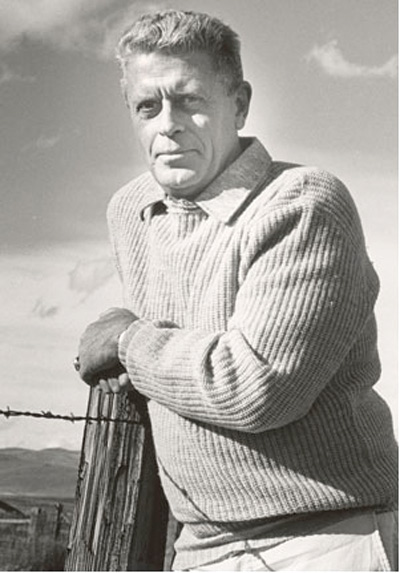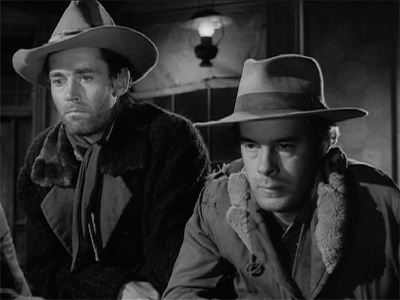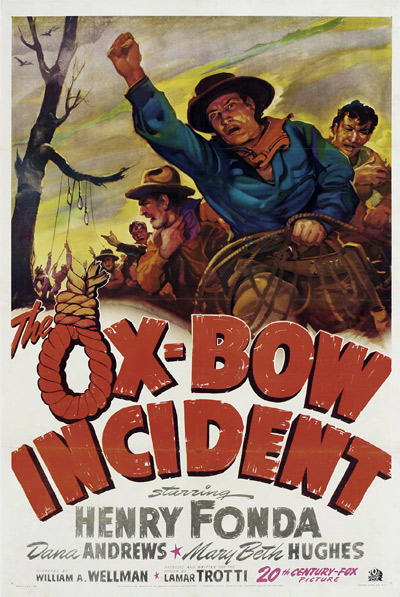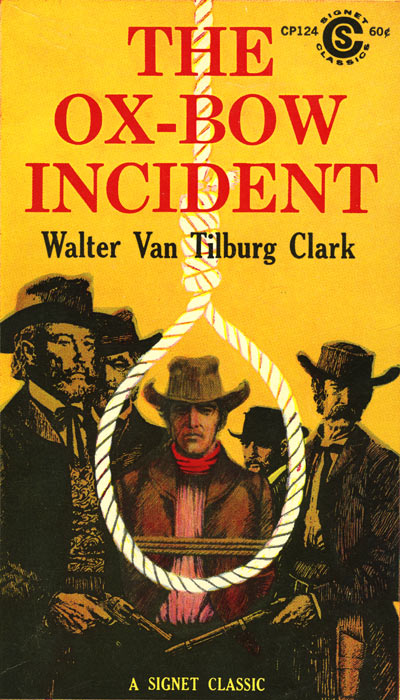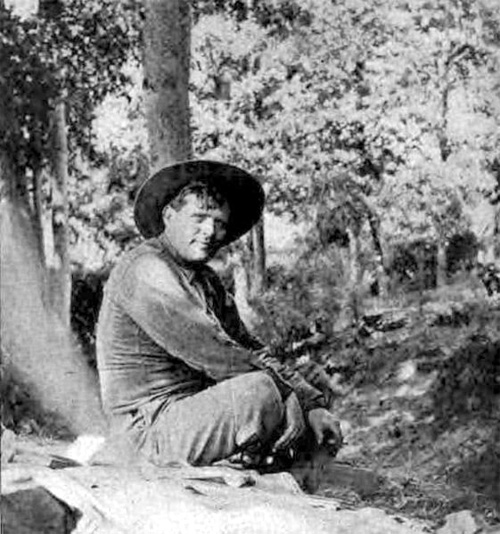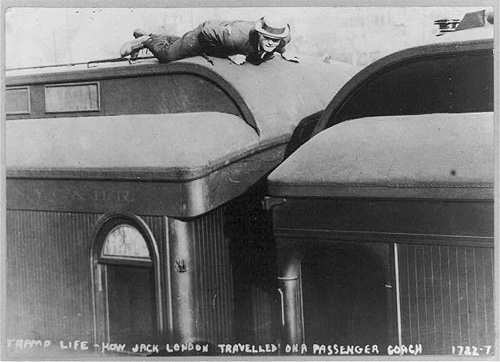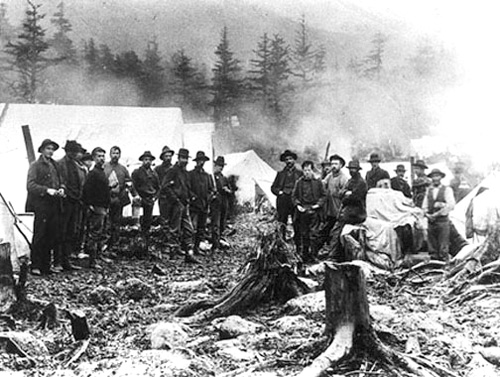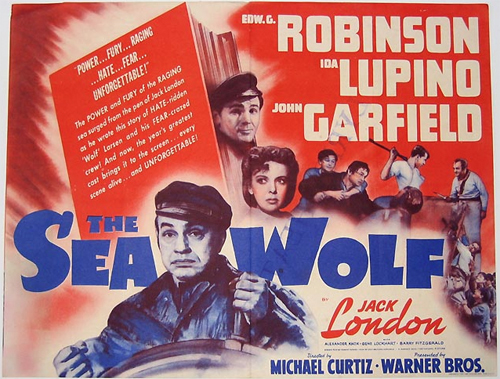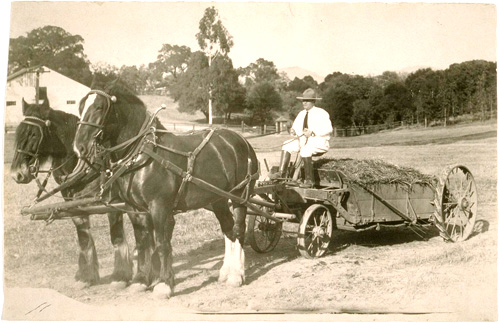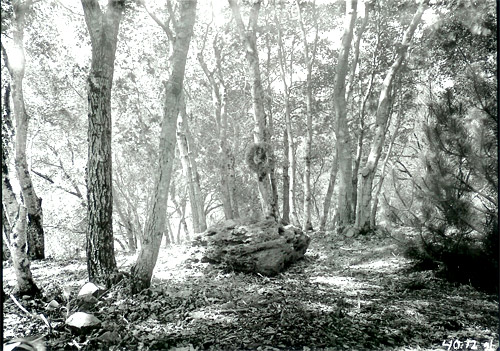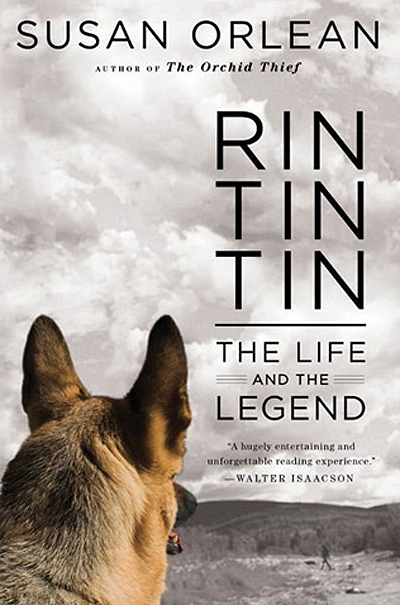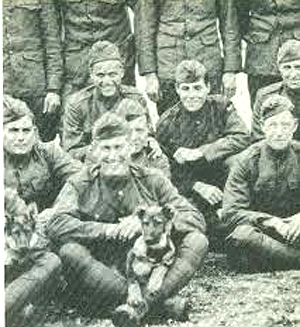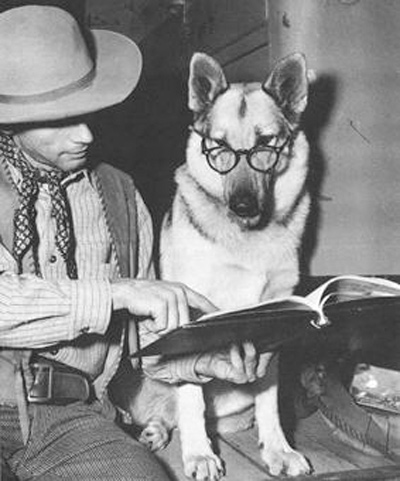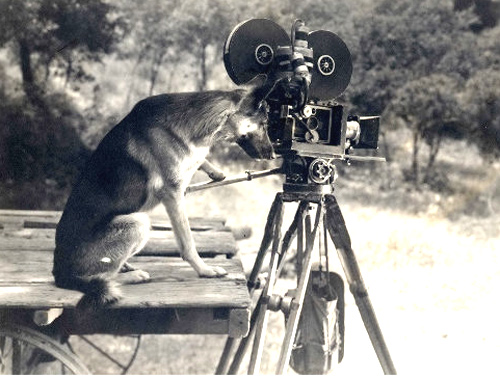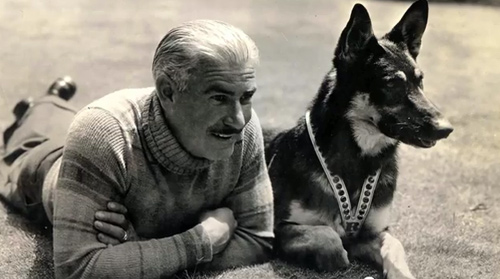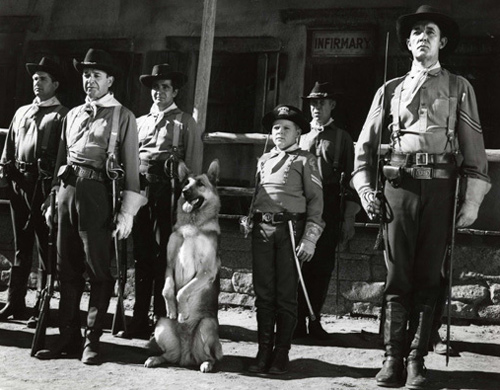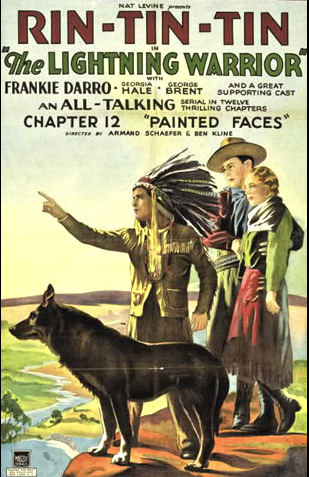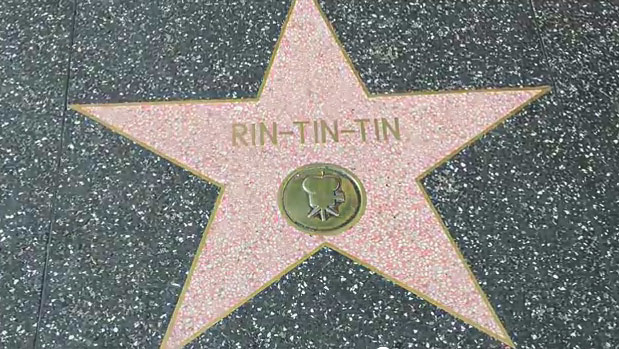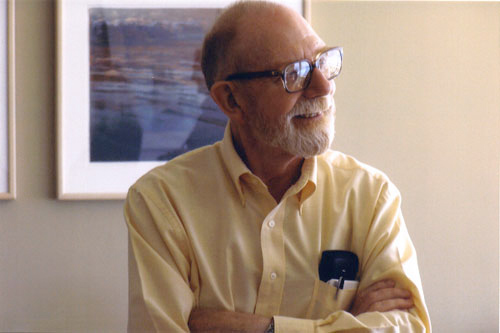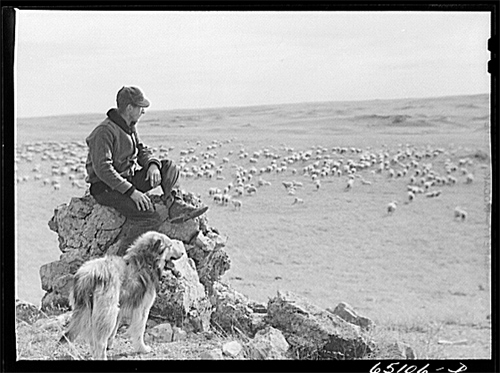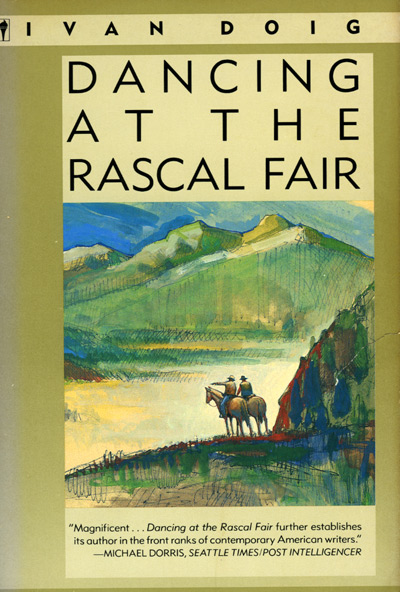Impressions of the West: Willa Cather
 Sunday, December 18, 2011 at 11:15PM Tweet
Sunday, December 18, 2011 at 11:15PM Tweet By Jim Poulton
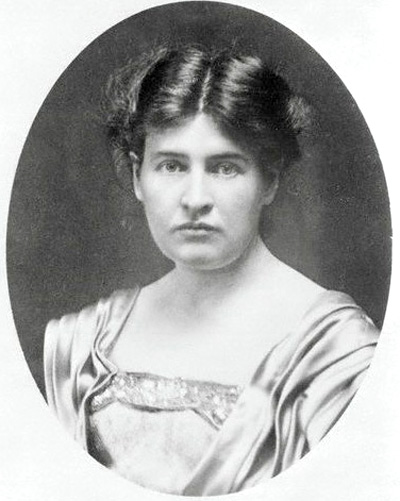 Willa Cather. Credit: Entertainment Realm
Willa Cather. Credit: Entertainment Realm
A Lost Lady is a novel with many themes, from the aggression at the root of relationships between men and women, to the value of illusions, to the rhythms of life that dictate that as some of us decline and weaken, others will grow strong and virile, and will take the places of the weak and departed. Set on the Western Plains, the book describes the lives of Captain and Mrs. Forrester. Captain Forrester is a retired railroad man who has made enough money to retire comfortably in Sweet Water, an area he first saw when he was young and vowed to return to because of its pristine beauty. His wife, 25 years his junior, is a beautiful and aristocratic woman who is bored, confused and disloyal to her husband. After his death, she leaves the Sweet Water estate in the hands of an exploitative and greedy man named Ivy Peters.
 Credit: My-West.com ©
Credit: My-West.com ©
As in the Great Gatsby, to which A Lost Lady has been compared, events occurring on a human scale can also be interpreted as symbols of broad sweeps of history. The deterioration and death of Mr. Forrester and the decline of his estate can also be read as a tale of the transition of the West itself - from an age of romance and adventure and the pioneering spirit, to the age of selfishness and blindness to the beauty and meaning embedded in the landscape.
Here is Captain Forrester describing, to his dinner party guests, how he first discovered Sweet Water, and his philosophy of life and of the West:
[T]he Captain began his narrative: a concise account of how he came West a young boy, after serving in the Civil War, and took a job as driver for a freighting company that carried supplies across the plains from Nebraska City to Cherry Creek, as Denver was then called. The freighters, after embarking in that sea of grass six hundred miles in width, lost all count of the days of the week and the month. One day was like another, and all were glorious; good hunting, plenty of antelope and buffalo, boundless sunny sky, boundless plains of waving grass, long fresh-water lagoons yellow with lagoon flowers, where the bison in their periodic migrations stopped to drink and bathe and wallow.
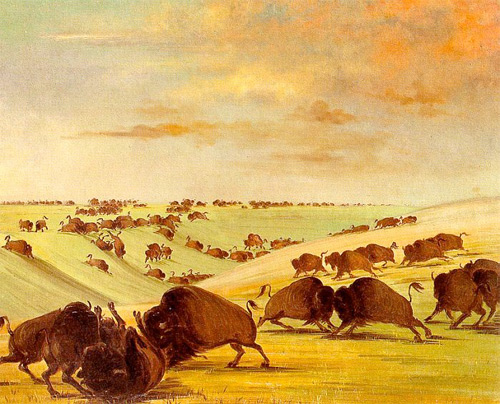 George Catlin, Buffalo Bulls Fighting in Running Season – Upper Missouri, 1834-1839. Credit: ArtUnframed.com
George Catlin, Buffalo Bulls Fighting in Running Season – Upper Missouri, 1834-1839. Credit: ArtUnframed.com
"An ideal life for a young man," the Captain pronounced. Once, when he was driven out of the trail by a wash-out, he rode south on his horse to explore, and found an Indian encampment near the Sweet Water, on this very hill where his house now stood. He was, he said, "greatly taken with the location," and made up his mind that he would one day have a house there. He cut down a young willow tree and drove the stake into the ground to mark the spot where he wished to build. He went away and did not come back for many years; he was helping to lay the first railroad across the plains.
… "When things looked most discouraging," he went on, "I came back here once and bought the place from the railroad company. They took my note. I found my willow stake,--it had rooted and grown into a tree,--and I planted three more to mark the corners of my house. Twelve years later Mrs. Forrester came here with me, shortly after our marriage, and we built our house."
Mrs. Forrester nodded at him from her end of the table. "And now, tell us your philosophy of life,--this is where it comes in," she laughed teasingly.
… "Well, then, my philosophy is that what you think of and plan for day by day, in spite of yourself, so to speak--you will get. You will get it more or less. … [Y]ou will accomplish what you dream of most."
"And why? That`s the interesting part of it," his wife prompted him.
"Because," he roused himself from his abstraction and looked about at the company, "because a thing that is dreamed of in the way I mean, is already an accomplished fact. All our great West has been developed from such dreams; the homesteader`s and the prospector`s and the contractor`s. We dreamed the railroads across the mountains, just as I dreamed my place on the Sweet Water. All these things will be everyday facts to the coming generation, but to us--" Captain Forrester ended with a sort of grunt. Something forbidding had come into his voice, the lonely, defiant note that is so often heard in the voices of old Indians. - A Lost Lady, Part One, Chapter Four, 1923
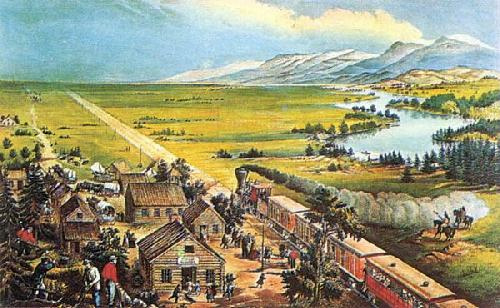 Across the Continent, Currier & Ives. Credit: EasyArt.com
Across the Continent, Currier & Ives. Credit: EasyArt.com
 Credit: LiveAuctioneers.com
Credit: LiveAuctioneers.com
 A Lost Lady,
A Lost Lady,  Western Plains,
Western Plains,  Willa Cather | in
Willa Cather | in  Willa Cather
Willa Cather 
